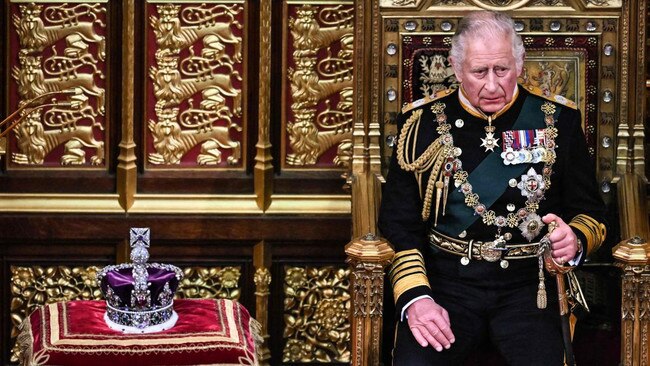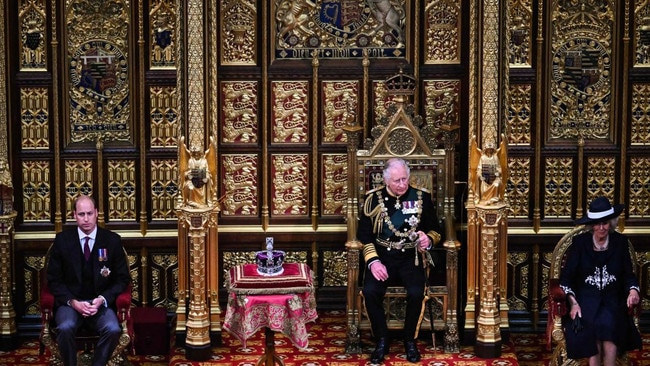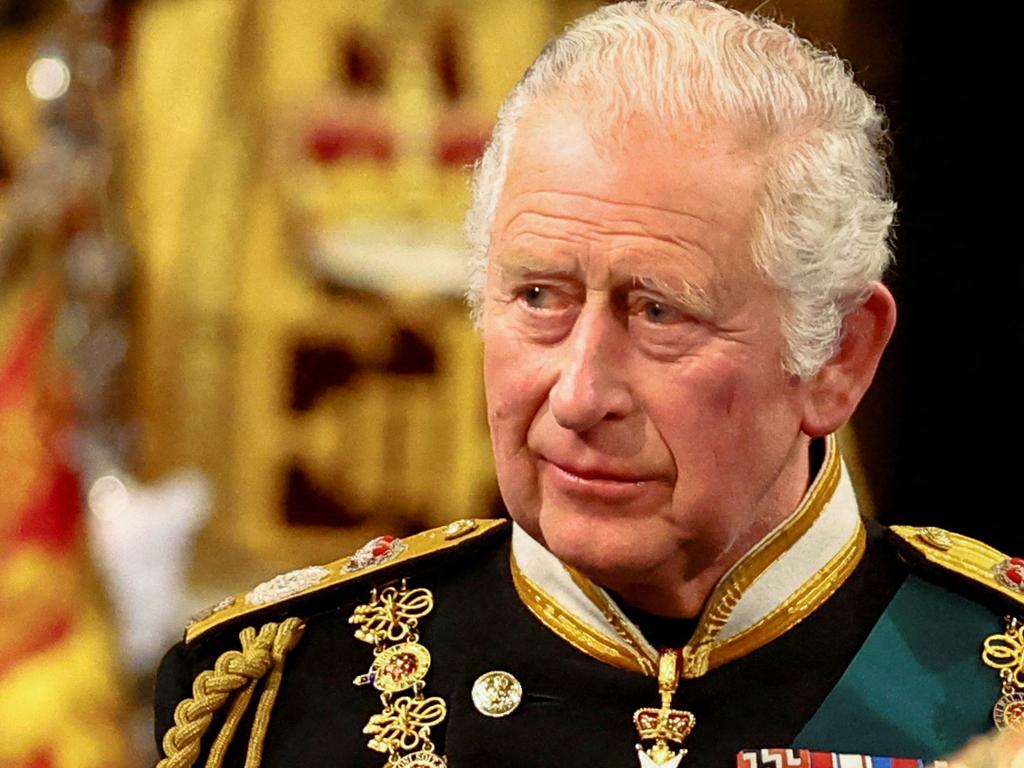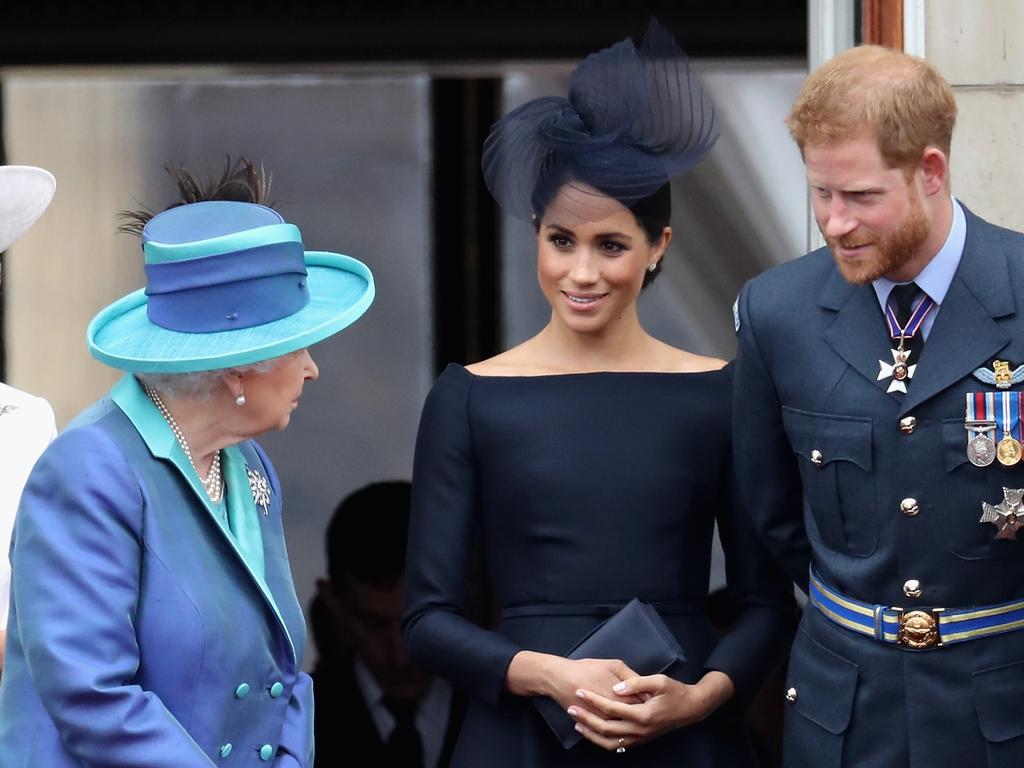The Queen’s missing throne keeps Charles in his place
As the Prince of Wales read the Queen’s Speech for the first time, there was one striking and unexpected piece of symbolism which said more than anything he delivered in the speech itself.

As the Prince of Wales read the Queen’s Speech for the first time, there was one striking and unexpected piece of symbolism which said more than anything he delivered in the speech itself.
The sovereign’s throne was nowhere to be seen.
Until yesterday (Tuesday) there had been speculation that her throne, which normally stands in the chamber of the House of Lords, would remain empty during the reading of the speech.
An empty throne on the day that Prince Charles and the Duke of Cambridge jointly opened parliament on the Queen’s behalf would have been a powerful symbol of the Queen’s absence. But there was no empty throne. Instead, while Charles read the Queen’s Speech the sovereign’s throne had been discreetly removed and replaced by the consort’s throne, slightly smaller but no less impressive for all that.
The Queen remains head of state, and while Charles may be called on to discharge her duties, he does not yet get to sit on her throne.
The space left in the chamber by her missing throne was preserved. Rather than move the prince’s seat to the centre, it was set strikingly to the side in its regular position under the golden canopy.
As Charles sat there to read the speech, dressed in the uniform of admiral of the fleet, the Imperial State Crown was placed on a red cushion on the table next to him. The Duchess of Cornwall sat on a chair of state to his left, while the Duke of Cambridge sat on the other chair of state to his right.
Meanwhile, the sovereign’s throne - an elaborately carved creation from 1847, inlaid with rock crystals and upholstered in red velvet - was safely tucked away in the robing room, where Charles and William gathered before the ceremony.

The arrangement delivered a powerful message of continuity. It was the regal equivalent of “there is nothing to see here”, a subtle but unmistakable way of conveying the idea that even in the absence of the Queen, the business of government - and the constitutional role of the sovereign - continues as before. Just as the country is in theory never without a sovereign - as soon as one dies, they are succeeded by the next - the arrangement emphasised that nothing should detract from the serious business of governing the nation.
The authority of the monarch was represented by the crown, along with the two other items of regalia - the Cap of Maintenance and the Sword of State - which were transported to the Palace of Westminster in three state limousines before the speech.
This was only the third time in her 70 years on the throne that the Queen has missed the state opening. The other two occasions were in 1959, when she was pregnant with Prince Andrew, and 1963, when she was pregnant with Prince Edward. For Charles, reading the Queen’s speech - in which he spoke of the legislation planned by “Her Majesty’s government” and “Her Majesty’s ministers” - was the most significant of his mother’s roles that he has taken on. This was the first time he has undertaken the role which symbolises the essence of the Queen’s constitutional role: that every law passed by parliament is in Her Majesty’s name. It was the nearest he has ever come to performing the duties he will one day undertake as king.
But reading the Queen’s Speech was not a test of Charles’s fitness to be king. It is a formal process, a dutiful performance which is of great constitutional importance but hardly the yardstick by which a monarch is judged.

Charles, who delivers his own speeches with passion and feeling, read the words written for his mother with a solemn detachment and a sense of duty: but no more. For the past few years palace officials have worked behind the scenes to ensure a seamless transition from the Queen to the Prince of Wales.
Gradually, almost imperceptibly, he has taken on more and more of the Queen’s responsibilities. He now undertakes the most significant foreign visits on her behalf. He lays the wreath at the Cenotaph on Remembrance Sunday in her name. He is an increasingly visible presence at state occasions, and represents her at Commonwealth summits.
This was another step in that process, undoubtedly the most important one to date. As everyone - both inside the palace and without - has been quick to emphasise, there is as yet no regency. The Queen is still in charge. But this, now, is the way things are.
The Times







To join the conversation, please log in. Don't have an account? Register
Join the conversation, you are commenting as Logout